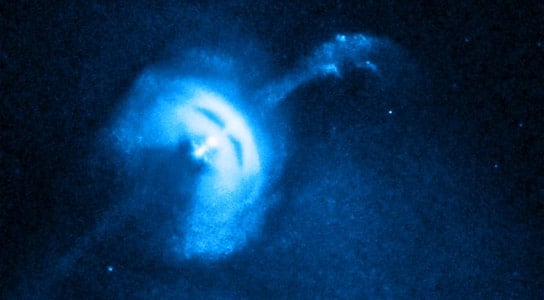
From time to time, neutron stars do something very, very strange. The rate of its rotation changes absurdly. This is called glitching, and we do not know what causes it - but now astronomers have observed it for the first time using a radio telescope.
The object in question, or the neutron star, is called the Pulsar de Vela and is about 1,000 light-years from Earth. In fact, it was the first "defective" neutron star ever identified. Since then, many failures have been observed - though never before with a radio telescope.

This is excellent because the observations from the radio telescope were able to tell us about the inner dynamics of the Pulsar de Sailing while it failed. Waiting for the flaw, the team of researchers monitored the star for four years with the Mount Pleasant Radio Observatory in Tasmania and the Ceduna Observatory in southern Australia.
"We knew a flaw happens every three years, but like an earthquake, no one can predict one," said Jim Palfreyman, a PhD candidate and astrophysicist at the University of Tasmania in Australia. "We knew that if we could capture the individual flaws and pulses, it would provide us with a wealth of information, including how matter behaves at extreme temperatures and pressures," he concluded.
Neutron stars are what remained of the nucleus of a star that died after being supernova. In turn, pulsars are highly magnetized neutron stars with an extraordinarily fast rate of rotation, which emit electromagnetic radiation jets as they rotate. If these jets are aligned correctly with the Earth, we can see it as a cosmic beacon.
But what makes the pulsars fail is a mystery. One hypothesis is the stress between the rigid outer crust of the neutron star and its superfluid nucleus. Another is that billions of sub-surface vortices in the superfluid that connect the nucleus to the crust become misaligned and displaced, causing the neutron star to accelerate.
The data of the team ended up being consisted with this hypothesis. They collected 640MB every 10 seconds for 19 hours a day, and 3 petabytes in total. [ ScienceAlert ]
